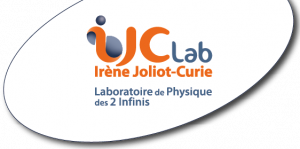S. Caes , A. Bukaemskiy , C. Cannes, S. Delpech, et al.
Journal of Nuclear Materials, Volume 616, October 2025, 156023
Metallic beryllium is an attractive material for nuclear applications, e.g. thermal reactor and fusion reactors.
After use, activated beryllium waste will need to be disposed of in a geological disposal repository. One option for
the treatment and conditioning of the beryllium waste could be the direct emplacement of pieces of beryllium in
a cementitious matrix. In these conditions, beryllium corrodes due to reaction with water to produce hydrogen,
and beryllium hydroxide, leading to possible loss of the waste containment. To gain more information on the
anaerobic corrosion of beryllium, Electrochemical Impedance Spectroscopy and hydrogen measurement by gas
chromatography were used, while beryllium samples were immersed in solutions representative of promising
matrices (Portland cement (OPC, pH 13.5) and magnesium phosphate cement (MPC, pH 8.1)) for maximum one
year. At the beginning of the test ( 180 days), the corrosion rate decreased sharply in
MPC solution, while the corrosion rate in OPC solution remained stable. Therefore, at longer term, the lower
corrosion rate was observed in MPC solution. The reason of this corrosion rate decrease comes from the for-
mation of a passive layer composed of Be(OH)2 (inner part) and KBePO4⋅H2O crystals (outer part) at the surface
of beryllium in MPC solution, while no protective corrosion product layer was present on the metal surface in
OPC solution. In that later case, pitting corrosion was observed in addition to the dissolution of beryllium species
in solution probably in the form of Be(OH)4
2 .























